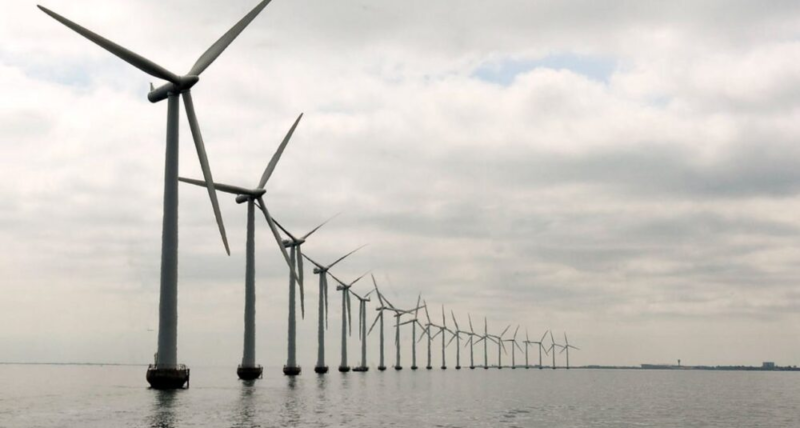This record-breaking underwater cable connects Australia to Singapore: an energy revolution is underway
Imagine a colossal underwater infrastructure stretching over 5,000 kilometers, capable of radically transforming the way we consume energy. The Australia-Asia PowerLink (AAPowerLink) project is not just a technical marvel; it’s a futuristic vision coming to life, promising to link two continents via the longest underwater cable ever designed, transmitting solar energy harvested from the arid expanses of Australia to the energy-hungry metropolises of Southeast Asia.
Australia: A solar energy giant
Northern Australia, bathed in sunlight, is home to the world’s largest solar farm. With an estimated peak production capacity of 17 to 20 GW, this massive solar complex surpasses the output of Australia’s largest coal-fired power plant. This vast field of solar panels represents a crucial step toward realizing one of the most ambitious goals of the modern era: providing clean, renewable energy at a large scale.
A revolutionary underwater cable
At the heart of the AAPowerLink project is a 4,200 km HVDC (high-voltage direct current) submarine cable, designed to carry solar energy from Australia to Singapore. This technical feat involves a series of advanced technologies to minimize energy loss over long distances and ensure the system’s durability in the challenging marine environment.
Technologies and innovations
To make this project a reality, cutting-edge technologies in energy transmission and materials designed to withstand extreme maritime conditions are being used. The cable, protected by layers of copper, polyethylene, lead alloy, and galvanized steel, is a model of technological innovation aimed at reducing energy losses and maximizing efficiency.
Economic and environmental impacts
The AAPowerLink project does more than just connect two geographical points; it creates a renewable energy export market, reducing CO2 emissions by 8.6 million tons annually. This project showcases how green initiatives can coexist with economic benefits, positioning Australia as a global leader in the transition to a renewable energy-based economy.
Challenges and solutions
Implementing such a project is not without its challenges. From navigating exclusive economic zones to managing underwater environmental impacts, every step requires meticulous planning and innovative solutions to overcome technical and ecological obstacles.
Collaborations and partnerships
The realization of the AAPowerLink is the result of international collaboration, involving companies and governments committed to advancing clean technologies. This global partnership highlights the importance of international cooperation in the fight against climate change.
Future vision and sustainability
By 2027, the AAPowerLink is expected to not only be fully operational but also become a model for similar projects around the world. It demonstrates a commitment to a future where clean energy is not only possible but also economically viable on a large scale.
Source: moobez




